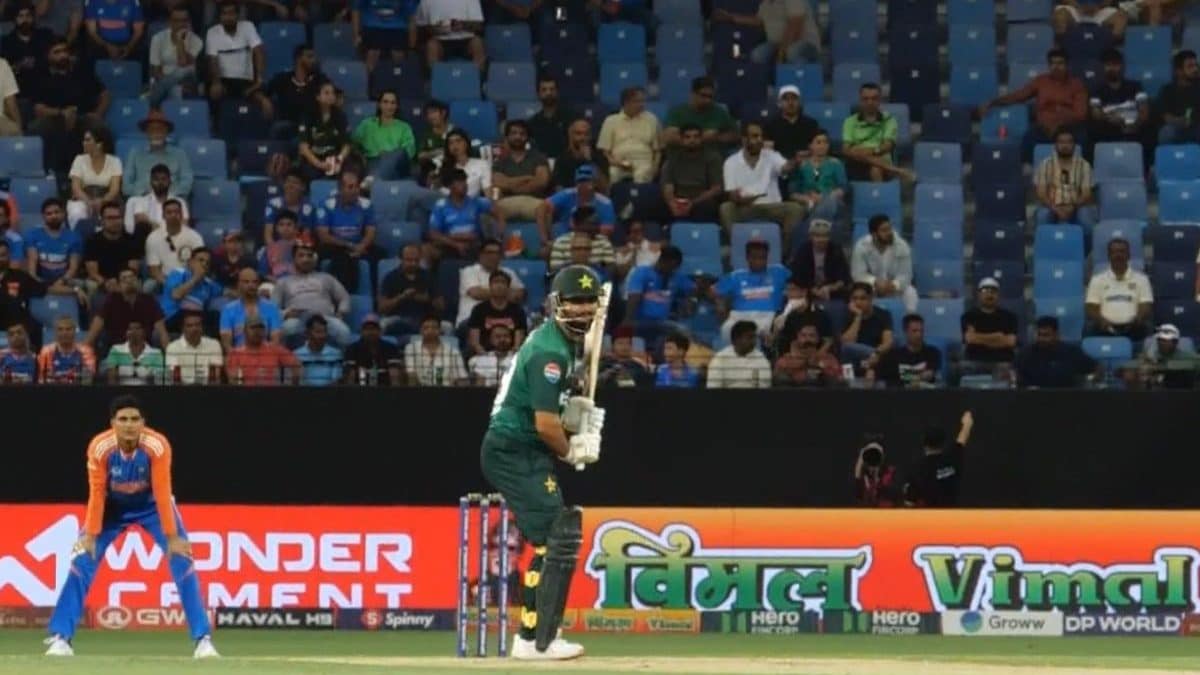

The Asia Cup 2025 clash between India and Pakistan in Dubai took place amidst a complex backdrop of political tensions, boycott calls, and financial considerations. While the match itself proceeded, it was marked by low attendance and a subdued atmosphere, reflecting the deep divisions surrounding the sporting event. Despite the controversies, cricket boards and broadcasters likely benefitted financially from the high-profile match.
The primary reason for the muted response to the India-Pakistan match was the call for a boycott in India. This stemmed from the Pahalgam terror attack in April, which resulted in the loss of 26 civilian lives, and India's subsequent retaliatory operation, Operation Sindoor. Many felt that engaging in a cricket match with Pakistan so soon after these events was insensitive and undermined national sentiment.
Opposition parties and public figures voiced strong objections, urging fans to abstain from watching the game. This sentiment translated into a noticeable impact on ticket sales, with reports indicating hundreds of unsold tickets even as the match was about to begin. Organizers reportedly slashed ticket prices in an attempt to boost sales, but with limited success. The reduced attendance reflected the success of the boycott campaign and the public's somber mood.
Adding to the strained atmosphere, Suryakumar Yadav, the Indian captain, refused to shake hands with his Pakistani counterpart, Salman Ali Agha, at the toss. This symbolic gesture underscored the tensions between the two sides and the Indian team's awareness of the emotions back home.
Despite the strong public sentiment, the Indian government permitted the cricket team to participate in the Asia Cup match. The government defended this decision by drawing a distinction between sports and politics, arguing that isolating Pakistan in multilateral events would be detrimental to India's interests and its ambitions to host major global sporting events in the future. Union Minister Manohar Lal stated that sports carry their own sentiment beyond politics and that opposing the match would be unfair to the players.
The Board of Control for Cricket in India (BCCI) echoed this stance, emphasizing the need to adhere to international sports policies and avoid forfeiting points in the tournament. However, the BCCI appeared to acknowledge the public's concerns by seemingly distancing itself from the match. Reports suggested that key BCCI officials chose to skip the game, signaling an "invisible boycott".
Despite the boycott calls and low attendance, the India-Pakistan match remained a significant financial event for both cricket boards and broadcasters. The Pakistan Cricket Board (PCB) was projected to receive a substantial amount from the Asian Cricket Council (ACC) for the 2025-26 financial year, with a significant portion attributed to matches involving Pakistan. Each match was estimated to generate a considerable sum in revenue.
While the BCCI chose not to take any profits from the ACC share, redirecting its portion to support cricket's growth in smaller Asian boards and other regions, the broadcast rights holders, such as Sony Sports Network in India, stood to gain from the high viewership. The India-Pakistan match traditionally attracts a large television audience, ensuring substantial advertising revenue for broadcasters. The Asia Cup 2025 was broadcast on various channels, including Sony Sports Network in India, PTV Sports in Pakistan, and Willow TV in the United States. Live streaming was available on platforms like SonyLIV, Tapmad, and Yupp TV.
In conclusion, the Asia Cup 2025 India-Pakistan match was a paradoxical event. It took place amidst strong opposition and a visible lack of enthusiasm from the public, yet it remained a commercially important fixture for cricket boards and broadcasters. The match highlighted the complex interplay of sports, politics, and economics in the context of India-Pakistan relations.